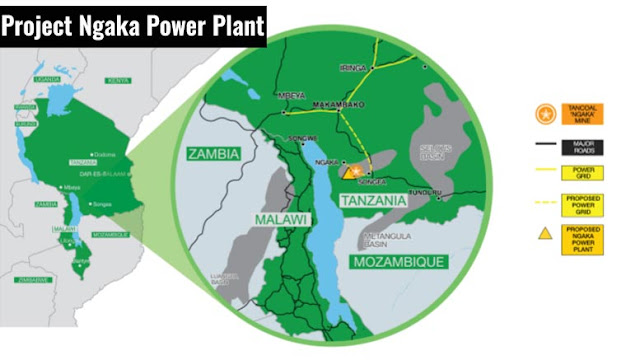Tanzania Purchase USD170m Worth of Vehicles from India
The Government of Tanzania recently
made a USD170m purchase of vehicles, gensets, spares and equipment for
ambulances, from Indian automobile manufacturing company Ashok Leyland. The
purchased goods will be used for the development of workshops and training
modules, while the equipment will be fitted on ambulances.
“Export to key international markets
is an essential part of Ashok Leyland’s strategic intent to globalize its
product portfolio and derisk itself from supplying only into India.
The new order from Tanzania, valued at USD170m
[…] reiterates market acceptance of Ashok Leyland’s products in the African
region,” Vinod Dasari, Managing Director at Ashok Leyland, said while announcing
the deal at the Bombay Stock Exchange (BSE).
Tanzania’s purchase will be fully financed by
EXIM Bank of India under the National Export Insurance Account (NEIA) scheme.
Under the NEIA scheme, Exim Bank
facilitates project exports from India by way of extending credit to overseas
sovereign governments and government-owned entities for import of Indian goods
and services.
Ashok Leyland notes that the
Government of Tanzania recently received 773 Leyland vehicles under a line of
credit from the Indian Government. Furthermore, the company is now executing
another order for supply of 777 vehicles to the Tanzanian Ministry of Home
Affairs.




























